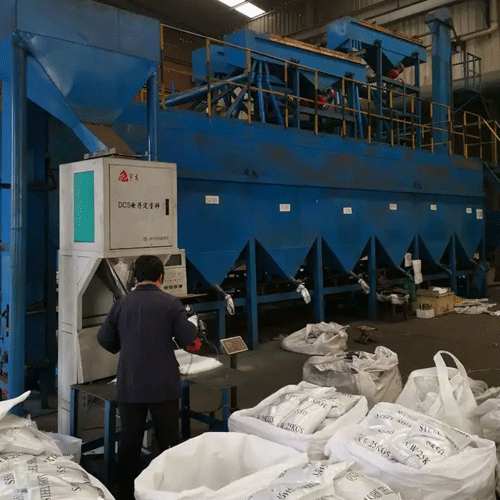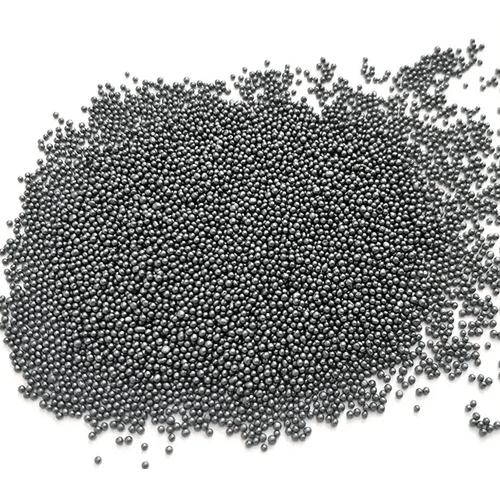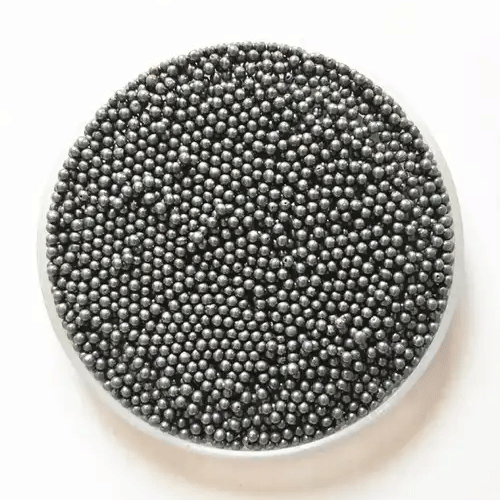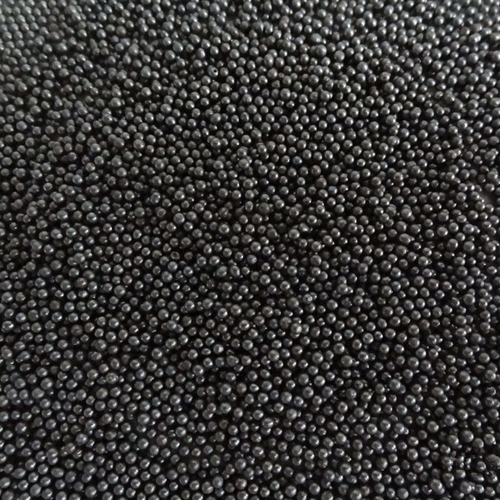Low carbon steel shot is produced by electric arc furnace, cast steel shot is produced by intermediate frequency furnace
The biggest feature of low carbon steel shot is its low carbon content. When it is below 0.2, the carbon content of cast steel shot is 0.85-1.2, which belongs to high carbon steel shot. Low carbon steel shot is not tempered after centrifugal atomization. After being melted, it will be tempered at low temperature. The service life of low carbon steel shot is 1.2-1.3 times longer than that of cast steel shot. The workpiece produced by low carbon steel shot is more white and bright.
The disadvantage is that the carbon content is low, the impact force is small, the shot blasting time is long, the efficiency is low, the electricity consumption, and the wear and tear of the wearing parts is large.
 Steel shot centrifugal pill forming technology is the preferred choice for producing national standard steel shots
Steel shot centrifugal pill forming technology is the preferred choice for producing national standard steel shots
 Where are steel shot and steel grit mainly used?
Where are steel shot and steel grit mainly used?
 What can steel shot be used for?
What can steel shot be used for?
 Features of Reaguan Steel Shots
Features of Reaguan Steel Shots